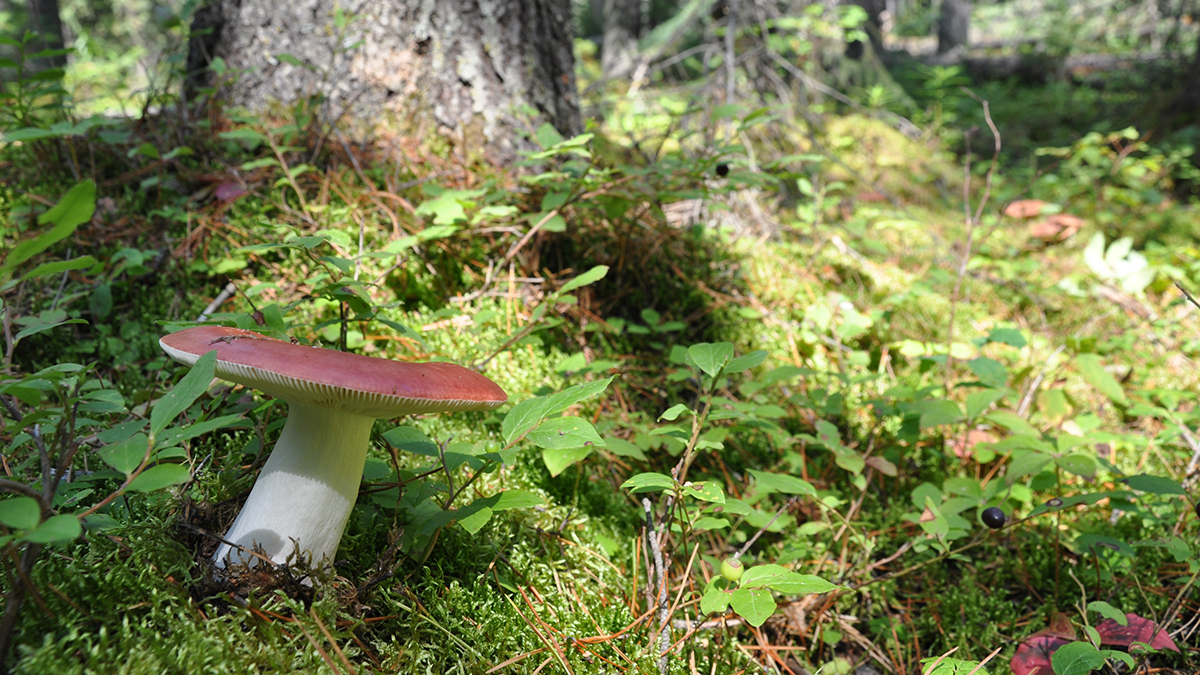 Supplied
SuppliedAfter 10 years of work by 80 international contributors, including the University of Alberta, the largest database on mycorrhizal fungi is now online.
Mycorrhizas arise from are mutually beneficial relationships between fungi and plant roots, where plants provide fungi with carbon in return for nutrients and water. The new database, called the MicoDB, examines plants’ relationships with mycorrhizal fungi.
Justine Karst, an Assistant Professor in the Department of Renewable Resources and one creator of the MicoDB, said it compiles data from more than 4000 studies from more than 400 different publications.
The database could be used as a record of mycorrhizal interactions in this time period that could one day be compared to future data as the climate changes, Karst said. She explained that the plants forming symbioses may change as the world becomes dryer and mycorrhizal relationships may become even more important.
“You could use this as a base line,” she said. “Here’s what we found in this period of time, and then fast forward to the future, maybe it will look different.”
Since most plants form symbioses with fungi, it’s hard to make generalizations about mycorrhizal relationships, Karst said. The public database allows anyone to do their own analysis related to their interests.
Karst also emphasized the value of the database for students and instructors as a tool for learning about statistics and data analysis. The database provides many subsets of data, all checked for quality, a process that Karst said was a particularly difficult part of the project as there were 80 contributors.
It was in her undergraduate degree that Karst became interested in studying fungi. Her botany professor explained how trees shared carbon through underground mycorrhizal networks, and that information stayed with her, she said. Karst went on to earn a PhD in mycorrhizal ecology.
Scientists who don’t study mycorrhizas can also use the database in their own work, Karst said. For example, the database may be used to study invasive plants that don’t need mycorrhizal fungi, as they may outcompete native plants that need relationships with fungi.
While many people might think of fungi as small and insignificant, Karst said both assumptions are untrue. She added that some fungi can reach kilometres in size underground and many are vital in nutrient and carbon cycling.
“(Mycorrhizal fungi) are using carbon from a plant and then leaking that carbon out to the soil, so they are very important in the carbon cycle,” she said. “So even though you can’t see them, they’re still performing very important ecosystem functions.”




